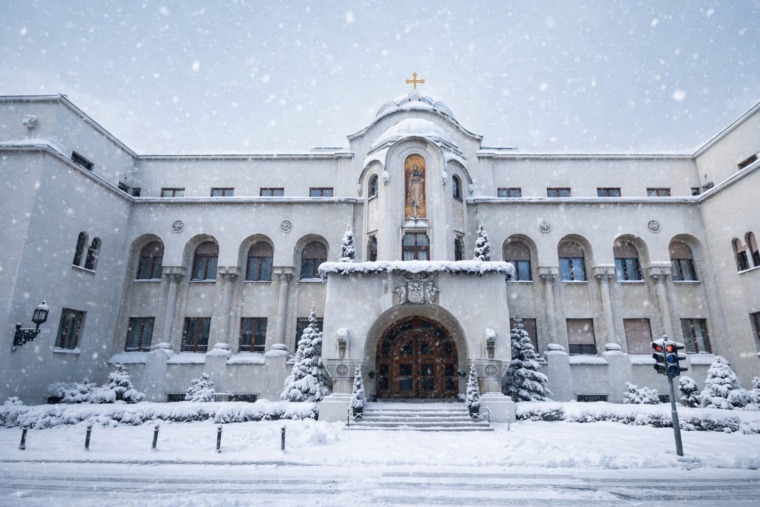

Some of them you might have never heard of, others might ring a bell, while a couple of these names have been engraved in our memories. In any case, every single one of these women is more than deserving of our deepest respect. Meet the Serbian women who conquered the academic world, fought wars and came out as winners!
Mileva Einstein-Marić, Serbian mathematician, physicist and alleged co-author of Einstein’s theory of relativity
After graduating Grammar School as the best in mathematics and physics, receiving special permission to enroll the all-male Royal Classical High School in Zagreb and studying medicine at the University of Zurich for a semester, Mileva transferred to the Zurich Polytechnic to study physics and mathematics. She was the fifth woman to be admitted to this school as well as the only woman in her group of six students.
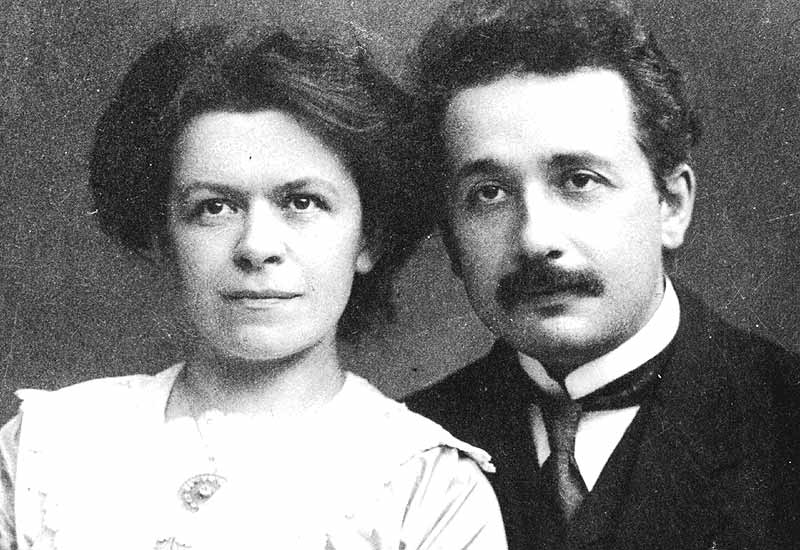
Of course, the thing most people know her for is the fact that she was married to Albert Einstein. However, the thing few people are aware of is that she is said to be the unacknowledged coauthor of his 1905 paper on special relativity. The fact that the most renowned physicists of the time invited Mileva to work with them as well as the fact that his papers on the theory of relativity were signed with Einstein-Marity (Marity is a Hungarian variant of Marić) only back up this controversial theory.
Isidora Sekulić, the first woman academic in Serbian history
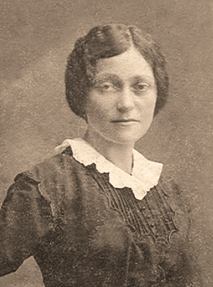 One of the brightest minds of the 20th century, the first woman academic in the history of Serbia, a member of SANU from 1950, a prose writer, essayist, teacher, adventurer, polyglot and art critic – all these are titles attributed to Isidora Sekulić.
One of the brightest minds of the 20th century, the first woman academic in the history of Serbia, a member of SANU from 1950, a prose writer, essayist, teacher, adventurer, polyglot and art critic – all these are titles attributed to Isidora Sekulić.
Apart from her studies in literature and pedagogy, Isidora was also well versed in natural sciences as well as philosophy (for which obtained her doctorate in 1922 in Germany).
In the history of Serbian and European literature, she will be remembered for her meditative travelogue Letters from Norway, collection of short stories Saputnici, her main novel The Chronicle of a Small Town Cemetery and a number of other literary works. Isidora Sekulić was also the first Serbian female member of SANU.
Nadežda Petrović, a Serbian woman called Courage
Nadežda Petrović was considered Serbia’s most famous impressionist and fauvist, and the most important Serbian female painter of the 20th century. Her paintings were exhibited all over Europe between 1901 and 1912.
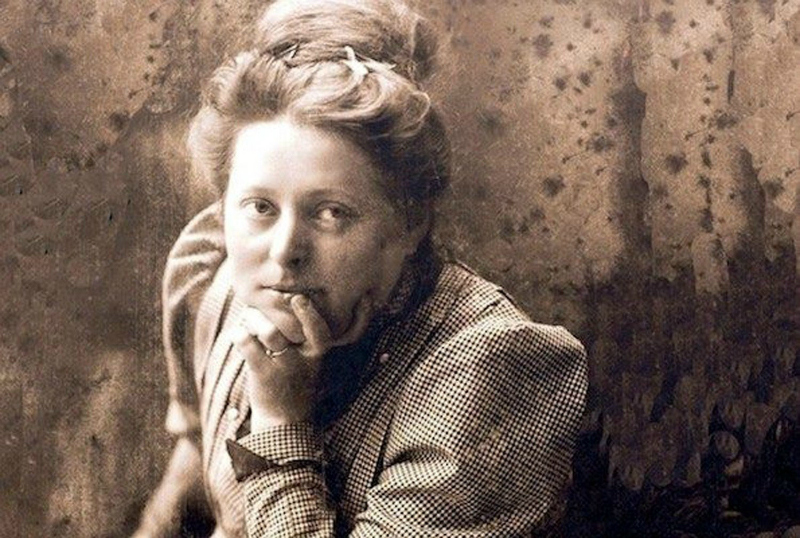
In 1912, she had little time for her artwork as she volunteered to become a nurse following the outbreak of both the First and the Second Balkan War. Nadežda was awarded a Medal for Bravery and an Order of the Red Cross for her efforts. With the start of World War I she again volunteered as a nurse with the Serbian Army. After surviving typhus and cholera in 1913, she lost her second battle to typhus in 1915.
Jelena Lozanić, a Lady awarded the Order of the White Eagle
 Daughter of the first rector of the University of Belgrade and his wife Stanka, both great humanitarians, Jelena Lozanić herself grew up not only to be intelligent, curious and clever, but noble, brave and tenacious.
Daughter of the first rector of the University of Belgrade and his wife Stanka, both great humanitarians, Jelena Lozanić herself grew up not only to be intelligent, curious and clever, but noble, brave and tenacious.
She first got noticed as the Secretary for the National Alliance of Serbian Women and as a strong advocate for women’s rights at the congress of the International Council of Women in Copenhagen.
After the outbreak of the Balkan Wars, Jelena joined the Circle of the Serbian Sisters as a nurse.
And when World War I began, she was the representative of the Red Cross of the Kingdom of Serbia in America, where she raised charity for Serbia for more than five years. Her efforts didn’t go by unnoticed and she was awarded the Order of the White Eagle and the Order of St. Sava.
Draga Ljočić, first Serbian female doctor
Draga Ljočić, the first female doctor and a feminist, studied Medicine in Zurich but had a hard time finding employment in a state hospital. Queen Natalia granted her the approval to open her own private practice. In 1881 she managed to somehow get a job in a state hospital in Belgrade but not with the same pay as her male colleagues.
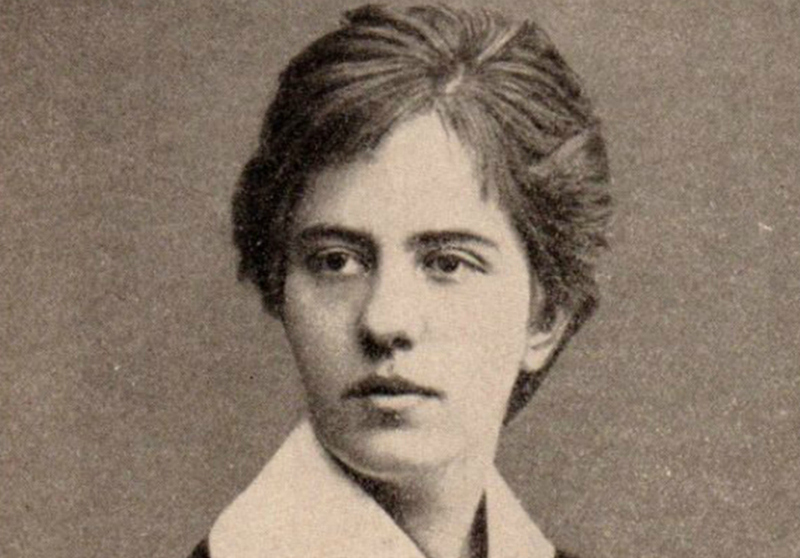
She advocated equal professional rights for men and women, and was accused of promoting immorality because of that. However, she was committed to the cause and managed to realize her ideas and ideals. Draga was also a philanthropist. She worked for the opening of children’s hospitals and orphanages, and joined the army as a field nurse during the Balkan and World war.
Jelica Belović Bernadžikovska, first Serbian woman ethnographer, writer and editor
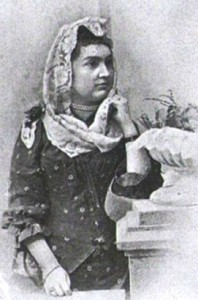 Jelica Belović, the first Serbian woman ethnographer, writer and editor, studied in Osijek, Đakovo, Zagreb, Vienna and Paris.
Jelica Belović, the first Serbian woman ethnographer, writer and editor, studied in Osijek, Đakovo, Zagreb, Vienna and Paris.
She spoke an amazing 9 languages and could write in German and French.
She published around 30 books in Serbian and 15 in German, as well as a number of magazine articles on ethnography.
Jelica also dealt with the topics of pedagogy and womanhood, and on account of being a woman and a scientist often wrote under a male pseudonym.
Ksenija Atanasijević, first Serbian Ph.D, first female professor and philosopher
In 1922 Ksenija Atanasijević was the first woman to attain the academic title of a doctor at the University of Belgrade. But she didn’t stop here. She was the first female professor of the Belgrade University and the first recognised major female Serbian philosopher.
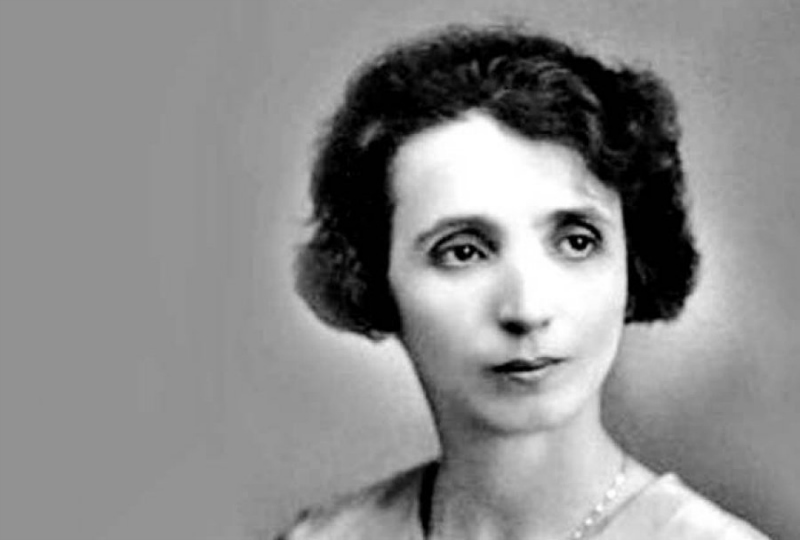
She was also an renowned Serbian feminist writer, philosopher, pacifist and anti-fascist, a member of the Women’s Movement Alliance, the Serbian Women’s League for Peace and Freedom, and the editor of the first feminist journal in the country “The Women’s Movement” (Ženski pokret). By promoting peace and tolerance and with a lot of hard work, she improved women’s rights in Serbia.
Sofija Jovanović, the Serbian Joan of Arc
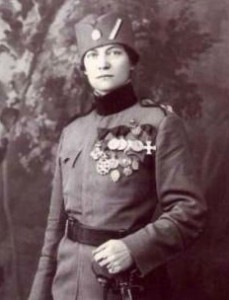 Sofija Jovanović, called “Jeanne d’Arc serbe” by the French, was a Serbian war heroine who fought in the Balkan Wars and First World War.
Sofija Jovanović, called “Jeanne d’Arc serbe” by the French, was a Serbian war heroine who fought in the Balkan Wars and First World War.
Immediately upon the start of World War I, Sofija joined the Serbian Army under the male name Sofronije Jovanović.
She participated in the Liberation of Belgrade, and survived both WWI and the Balkan Wars.
However, she did lose a part of her foot and remained an invalid.
Sofija received 13 medals for bravery.
After the war she didn’t speak of it much, except mentioning that it was horrible and cruel, but that one had to give everything for their homeland.
Sofija didn’t ask to be rewarded for her efforts and was appaled when she saw other Solun soldiers requesting priviledges.
Marija Maga Magazinović, the Serbian Isadora Dunkan and first female journalist
Maga was a philosopher, professor, choreographer, journalist, librarian and activist. She was born in Užice but soon moved to Belgrade where she fought for young women’s rights. Marija studied at the Faculty of Philosophy where she managed to win the rights for female students to attend lectures regularly. She did the samo at the Faculty of Law. For forty years Maga was professor of philosophy, German and Serbian language in the First female gymnasium.
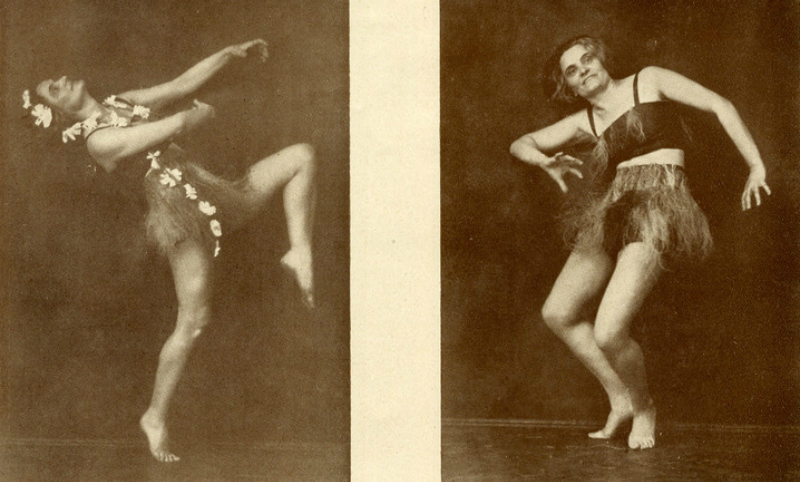
Maga Magazinović was the first woman to do many things. She was the first woman who brought modern dance to Serbia, the first woman who was journalist by vocation and the first woman librarian in the National Library of Serbia. She also volunteered as a field nurse during the Balkan Wars.
Marija Bursać, first woman proclaimed a People’s Hero
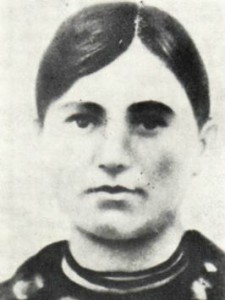 Marija Bursać was a Bosnian Serb member of the Yugoslav Partisans during World War II, a nurse and bomber for the the 10th Krajina Brigade, and most importantly, the first woman proclaimed a People’s Hero of Yugoslavia.
Marija Bursać was a Bosnian Serb member of the Yugoslav Partisans during World War II, a nurse and bomber for the the 10th Krajina Brigade, and most importantly, the first woman proclaimed a People’s Hero of Yugoslavia.
Apart from being a fearless fighter, Bursać was a member of SKOJ (League of Communist Youth of Yugoslavia), worked for NOP (National Liberation Movement) as well as in the management of AFŽ (Women’s Anti-Fascist Front).
She was also elected the head of the USAOJ committee (United Federation of Anti-Fascist Youth of Yugoslavia).
By decision of the Supreme Headquarters of the National Liberation Army and Partisan Detachments of Yugoslavia, Marija Bursać was awarded the Order of the People’s Hero in 1943.
Related Articles


10 Dishes That Must Be on a Serbian New Year’s Table
December 24, 2025
Tourist Holiday Guide to Serbia: Tips, Traditions & What to Expect
December 20, 2025

